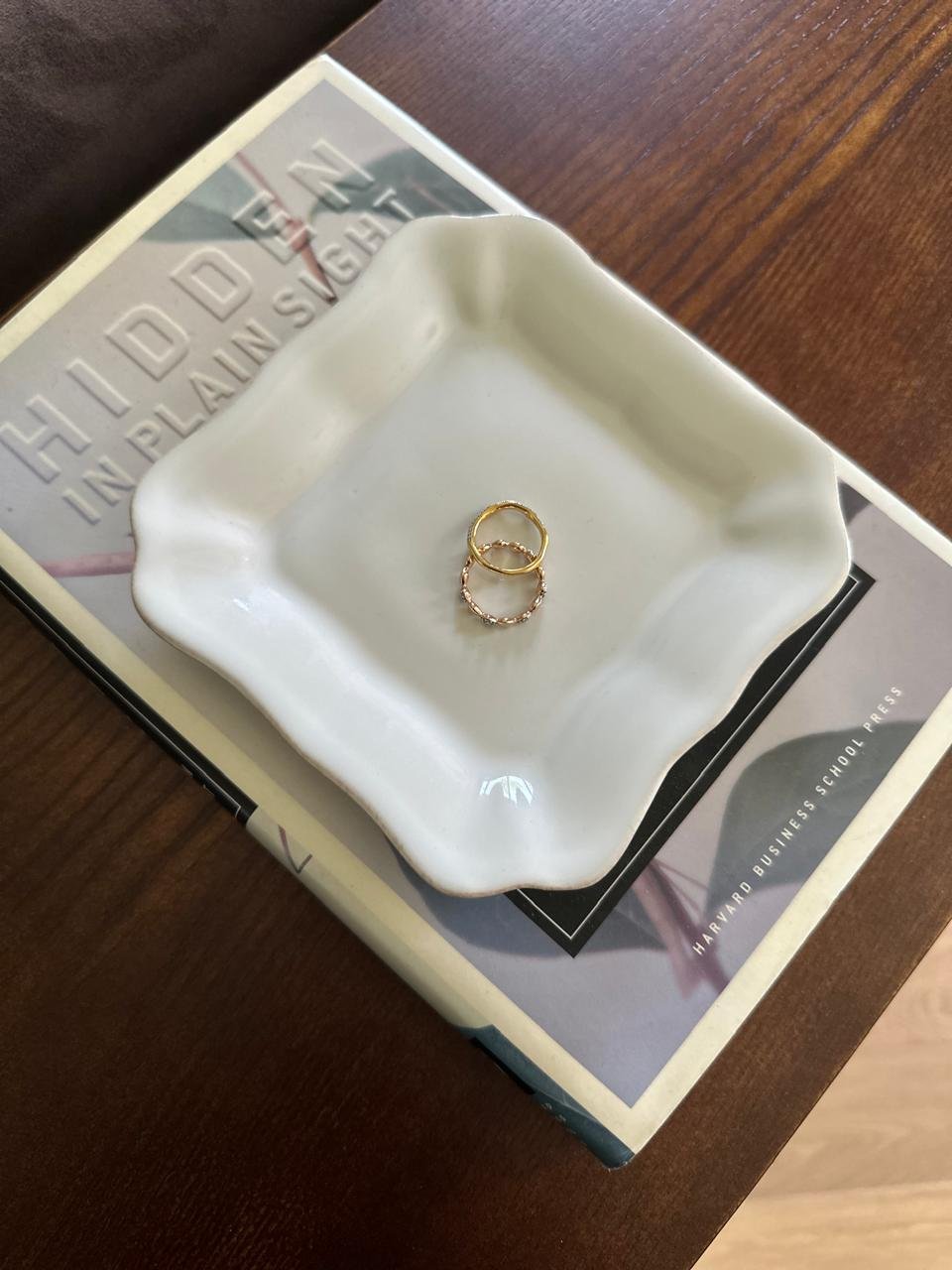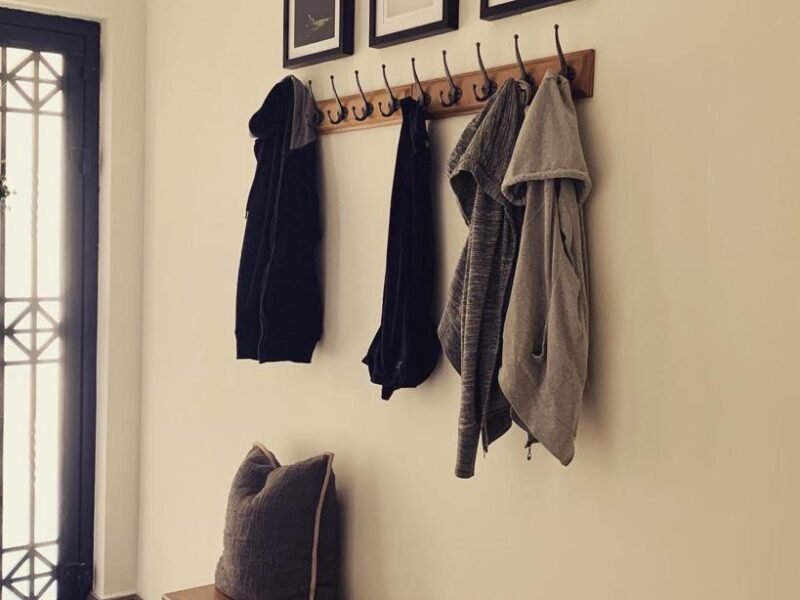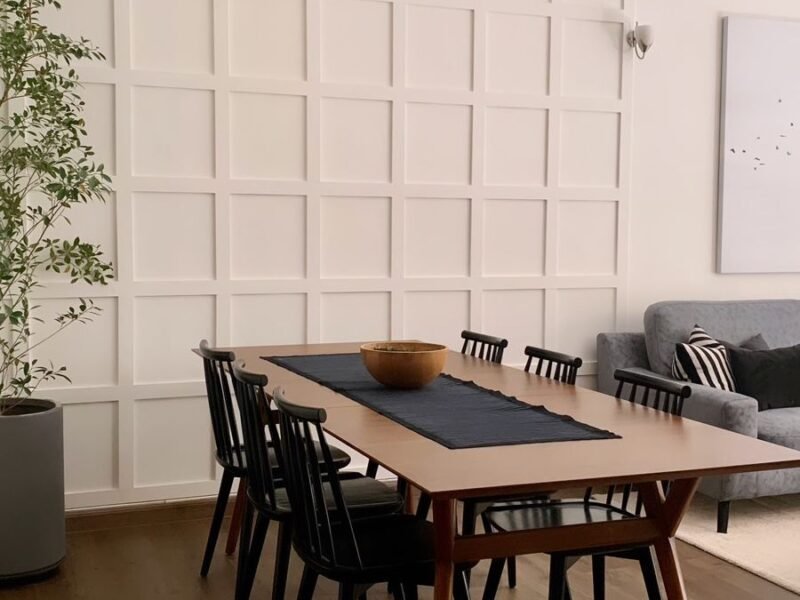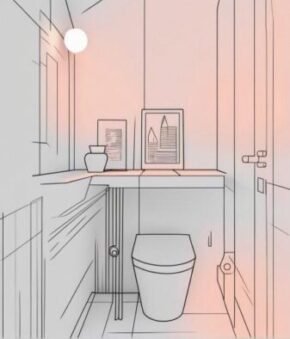
7 Common Design Mistakes to Avoid When Styling Your Home
Styling your home is an exciting process that allows you to express your personality and create a space that reflects your taste and lifestyle. However, it’s easy to fall into some common design pitfalls, especially when navigating through trends or attempting to create a harmonious, functional living space. Whether you’re working with a small room or revamping an entire home, here are 7 common design mistakes to avoid when styling your home to ensure your space is both beautiful and practical.
1. Overcrowding with Furniture
One of the most frequent mistakes people make is overcrowding their space with too much furniture. While it might seem like adding more furniture will create a cosy environment, it can actually make your home feel cramped and cluttered. Always leave enough space for easy movement and balance in the room.
When selecting furniture, opt for pieces that fit the scale of your space. Choose multifunctional items that can serve more than one purpose, like a storage ottoman or a sofa bed, to keep things from feeling overcrowded.
2. Ignoring the Importance of Lighting
Lighting can make or break the atmosphere of a room, yet many people overlook its importance. Relying only on overhead lighting can make a space feel flat and uninviting. Incorporate a mix of lighting sources to create layers and depth in the room, including ambient, task, and accent lighting.
Consider adding floor lamps, table lamps, or wall sconces to highlight certain features of the room or provide softer lighting for different moods. For rooms that receive little natural light, opt for warmer tones and brighter lighting to make the space feel more inviting.
3. Matching Everything Too Perfectly
While symmetry and balance are important in design, matching everything perfectly can make a room feel too stiff and lack personality. A home that looks too “done” can feel impersonal, and it may lack the warmth that comes from mixing different textures, colours, and styles.
Instead of matching everything exactly, try combining complementary colours or mixing vintage and contemporary pieces. Experiment with textures, like soft fabrics with glossy finishes, or introduce a variety of patterns to add interest and character.
4. Neglecting the Power of Wall Art and Accessories
Bare walls can make even the most beautifully styled room feel incomplete. Art and accessories bring life to a space, but it’s essential to know how to display them properly. Too many small, uncoordinated pieces can create a cluttered feel, while one large piece can leave a room feeling underwhelming if it’s not appropriately sized for the space.
When selecting wall art, consider the scale of the wall and the room’s overall aesthetic. Balance larger art pieces with smaller ones to create a cohesive gallery wall, and don’t forget to use accessories like decorative vases, mirrors, and plants to add texture and interest.
5. Choosing Trendy Pieces Over Timeless Design
It’s tempting to follow every interior design trend that comes along, but focusing too much on trends can lead to a space that looks dated once the trend fades. While trends can be fun and inspiring, it’s best to mix them with timeless, classic pieces that will always feel fresh and relevant.
When choosing furniture and decor, look for items that offer longevity in both style and quality. Invest in staple pieces—like a comfortable sofa, quality flooring, or timeless lighting fixtures—that will endure for years and adapt to new trends with a few updates or accessories.
6. Overlooking Functionality
A beautifully styled space is only effective if it also serves its intended purpose. It’s crucial to keep functionality at the forefront when designing any room. For example, when styling a living room, consider how the furniture arrangement will impact flow and conversation. In a bedroom, ensure your layout supports a restful night’s sleep by placing furniture like the bed and nightstands in a way that promotes comfort and convenience.
Always prioritise the practical needs of each space while adding style. This might mean investing in additional storage solutions, ensuring good traffic flow, or keeping in mind how lighting can support tasks like reading or working.
7. Not Considering Scale and Proportion
The size and proportions of the furniture and decor you choose play a significant role in the overall harmony of a room. Using items that are too large or too small for the space can make a room feel unbalanced or awkward. For example, oversized furniture in a small room can overwhelm the space, while tiny pieces in a large room can feel lost and underwhelming.
Measure your space before purchasing new furniture or decor, and be mindful of the scale of the items in relation to the room. Aim for balance by mixing larger and smaller elements, and leave some breathing room around each piece to allow the room to feel open and inviting.
Conclusion: Achieving a Balanced and Inviting Space
When styling your home, the key is to find a balance between aesthetics and functionality. Avoiding these common design mistakes will help ensure your space is comfortable, visually appealing, and reflective of your personality. By considering factors like lighting, furniture placement, and wall art, and blending timeless designs with a few contemporary touches, you can create a home that feels welcoming, unique, and well thought out.
Remember, styling your home is a process—don’t be afraid to experiment and make adjustments until you find the perfect balance. With careful consideration, you can avoid design pitfalls and create a space you’ll love for years to come.



